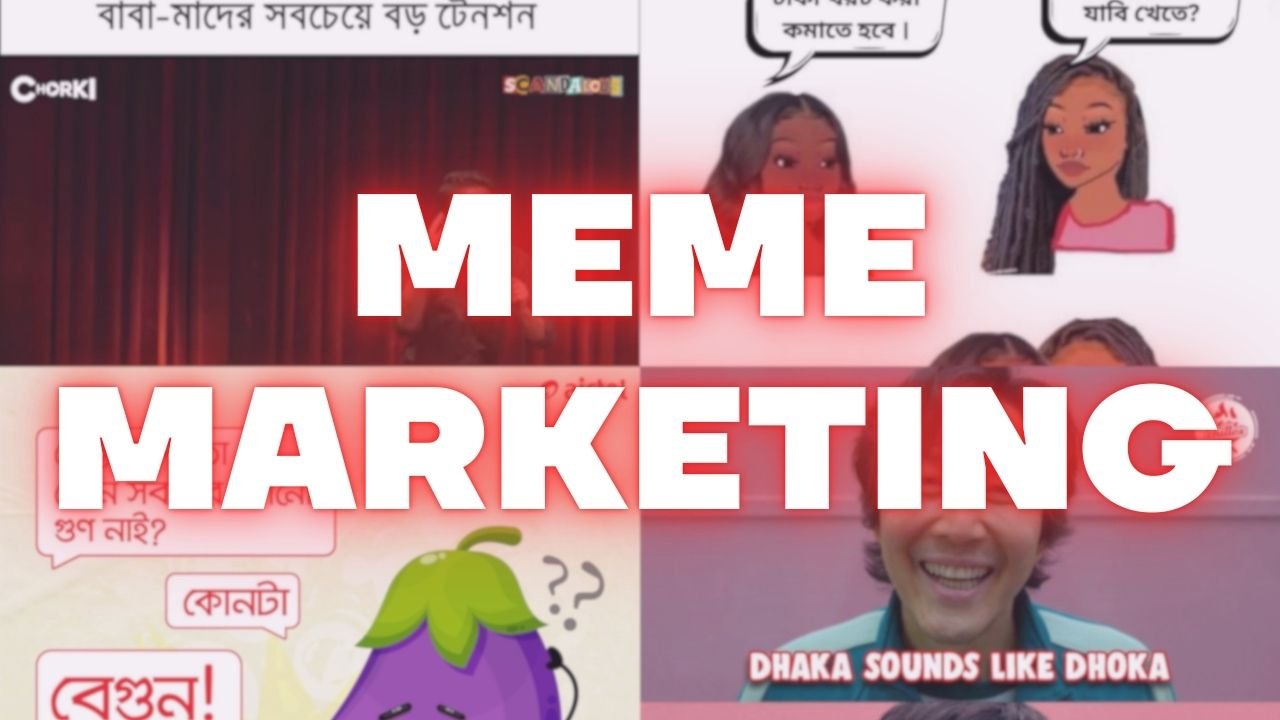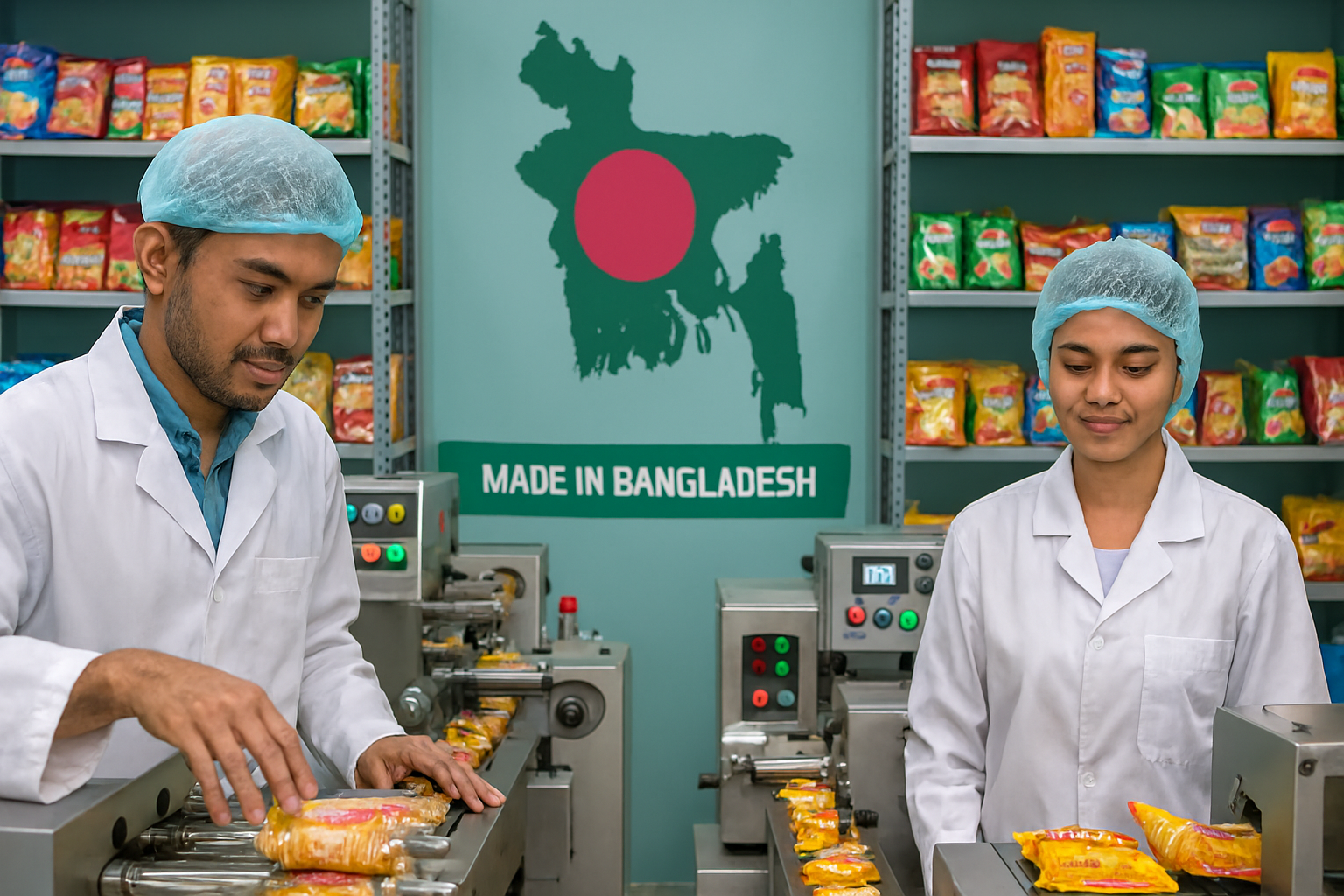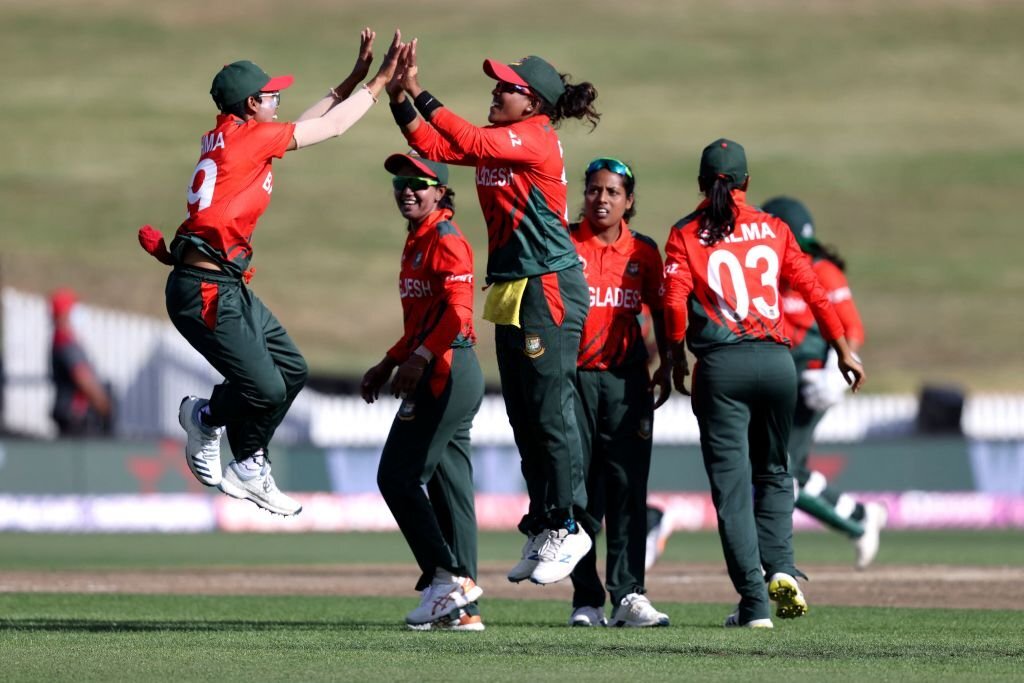Meme Marketing in Bangladesh: A New Era of Digital Ads

The Rise of Meme Marketing in Bangladesh
In the digital era, where attention spans are fleeting and online trends dominate conversations, meme marketing has emerged as a potent tool for engaging audiences. In Bangladesh, this trend is rapidly gaining traction, fueled by the country’s youthful population and ever-increasing social media usage. Memes, once considered mere entertainment, have evolved into a compelling marketing strategy for brands looking to connect with consumers in an authentic and relatable way. This article delves into the world of meme marketing in Bangladesh, exploring its significance, strategies, challenges, and future potential.
What is Meme Marketing?
Meme marketing refers to the practice of leveraging memes—humorous or relatable visual content—to promote a brand, product, or service. Memes are typically characterized by their viral nature and ability to resonate with specific audiences through humor, satire, or cultural references. In Bangladesh, where social media platforms like Facebook, Instagram, and TikTok are deeply integrated into daily life, memes have become a favored medium for communication and brand storytelling.
Why Meme Marketing Works in Bangladesh
Several factors contribute to the success of meme marketing in Bangladesh:
- Youth-Driven Demographics: Over 60% of Bangladesh’s population is under 35 years old, making it a predominantly young country. This tech-savvy generation spends significant time online, consuming and sharing digital content, including memes.
- Affordable Internet Access: With the expansion of 4G networks and affordable data packages, internet penetration in Bangladesh has skyrocketed. Social media platforms have become the primary channels for entertainment, news, and marketing.
- Cultural Relevance: Memes often tap into cultural nuances, current events, and local humor, making them highly relatable. For example, a meme about Dhaka’s infamous traffic jams or cricket fever can instantly strike a chord with Bangladeshi audiences.
- Cost-Effective Marketing: Compared to traditional advertising, meme marketing is relatively inexpensive, making it an attractive option for startups and small businesses with limited budgets.
The Role of Social Media in Meme Marketing
Social media platforms play a pivotal role in the dissemination and success of memes in Bangladesh:
- Facebook: As the most popular social media platform in the country, Facebook is a hub for meme-sharing communities. Pages like “Bangladeshi Troll” and “Moja Loss?” have amassed millions of followers, offering brands an opportunity to collaborate with these influencers.
- Instagram: With its visually-driven interface, Instagram is ideal for meme marketing campaigns. The platform’s Stories and Reels features allow brands to create engaging, short-form content.
- TikTok: TikTok’s explosive growth in Bangladesh has made it a hotspot for viral memes. Brands can leverage TikTok trends to create relatable and entertaining content that resonates with younger audiences.
- YouTube: Video memes and parodies often find a home on YouTube, where creators produce longer, more elaborate meme-based content that garners millions of views.
Key Strategies for Successful Meme Marketing
- Know Your Audience: Understanding your target audience’s preferences, humor, and cultural context is crucial. For instance, memes referencing Bangladeshi festivals like Pohela Boishakh or cultural phenomena like cricket will have a higher impact.
- Timeliness: Memes thrive on relevance. Brands need to act quickly to capitalize on trending topics or viral moments. The faster a meme is created and shared, the more likely it is to resonate with audiences.
- Authenticity: Memes should feel organic and not overly promotional. A subtle approach—where the brand integrates seamlessly into the humor—works best.
- Collaborate with Creators: Partnering with popular meme pages or influencers ensures wider reach and credibility. These creators have a deep understanding of their audience and can craft content that aligns with both the brand and the community.
- Experiment with Formats: From static images to GIFs, videos, and Reels, experimenting with different formats keeps the content fresh and engaging.
- Monitor and Engage: Meme marketing is not a one-way street. Brands must monitor audience reactions, engage in conversations, and adapt their strategies based on feedback.
Challenges of Meme Marketing in Bangladesh
Despite its potential, meme marketing in Bangladesh comes with its own set of challenges:
- Cultural Sensitivity: Bangladesh is a diverse country with strong cultural and religious values. A meme that might seem humorous to one group could offend another. Brands need to tread carefully to avoid backlash.
- Over-Saturation: With the increasing popularity of memes, the digital space can become cluttered. Standing out amidst the noise requires creativity and originality.
- Short Shelf Life: Memes are inherently fleeting, with trends often lasting just a few days. This requires brands to be agile and constantly on the lookout for new opportunities.
- Risk of Misinterpretation: Humor is subjective, and there’s always a risk that a meme might be misunderstood or taken out of context, potentially harming the brand’s reputation.
- Measuring ROI: Unlike traditional advertising, the impact of meme marketing can be harder to quantify. Brands need to establish clear metrics for engagement, reach, and conversions.

Successful Meme Marketing Campaigns in Bangladesh
Several brands in Bangladesh have successfully harnessed the power of memes to boost their visibility and connect with audiences:
Airtel’s Witty Meme Campaigns
Airtel Bangladesh has mastered the art of using humor to connect with its youthful audience. Their memes often revolve around internet speed, late-night browsing, and relatable struggles of staying connected. For instance, during major cricket tournaments, Airtel leveraged cricket-themed memes to promote their data packages, blending humor with timely relevance. Their creative content not only entertains but also positions them as a brand that truly understands the lifestyle of young, digital-savvy consumers.
Grameenphone’s Relatable Meme Marketing
Grameenphone, as one of Bangladesh’s leading telecom providers, uses memes to highlight everyday connectivity challenges with a humorous twist. They frequently create relatable memes about running out of data or needing strong network coverage during critical moments. For example, their campaigns during Eid holidays showcase the importance of staying connected with loved ones, adding a touch of humor to make their services more relatable. These campaigns have successfully reinforced Grameenphone’s image as a reliable and customer-centric brand.
Pizzaburg: Pizza Meets Humor
Pizzaburg uses clever memes to connect with its audience, often tapping into trending topics or local humor. Their posts, like memes about late-night pizza cravings or cricket-themed deals, make their brand relatable and fun, boosting customer engagement effortlessly.
Chorki: Leading with Memes
Chorki, Bangladesh’s top streaming platform, uses memes to promote shows like “Karagar,” turning iconic scenes into viral content. This strategy resonates with young audiences, making Chorki both relatable and engaging in the OTT space.
Chillox: Burgers with a Laugh
Chillox’s memes revolve around everyday struggles, like Dhaka traffic, humorously suggesting their burgers as the perfect remedy. By blending witty content with cultural references, they keep their audience entertained while strengthening brand loyalty.
The Future of Meme Marketing in Bangladesh
The future of meme marketing in Bangladesh looks promising, driven by the country’s growing digital ecosystem and creative talent pool. Key trends to watch include:
- Increased Brand Adoption: As more businesses recognize the power of memes, meme marketing is expected to become a staple in digital marketing strategies.
- AI-Generated Memes: With advancements in AI technology, brands can create customized memes at scale, catering to specific audiences with greater precision.
- Integration with E-commerce: Memes will play a larger role in driving e-commerce sales, with platforms incorporating humor-driven marketing to attract shoppers.
- Focus on Inclusivity: Future campaigns will likely prioritize inclusivity and diversity to appeal to a broader audience while avoiding cultural insensitivity.
- Data-Driven Insights: Brands will increasingly rely on data analytics to measure the effectiveness of meme campaigns and refine their strategies accordingly.
Embracing the Meme Revolution
Meme marketing in Bangladesh is more than just a passing trend—it’s a reflection of how digital culture is reshaping the way brands interact with consumers. By tapping into the humor, relatability, and virality of memes, businesses can forge deeper connections with their audience while staying relevant in an ever-changing digital landscape.
For brands looking to make an impact, now is the time to embrace the meme revolution. Whether you’re a startup, an established company, or an aspiring marketer, the key to success lies in creativity, authenticity, and understanding your audience. So, why wait? Dive into the world of meme marketing and start creating content that not only entertains but also leaves a lasting impression.
Ready to take your brand’s marketing game to the next level? Explore the endless possibilities of meme marketing and connect with your audience like never before. Share your thoughts and favorite meme marketing examples in the comments below, or get in touch with a digital marketing expert to kickstart your journey today!







